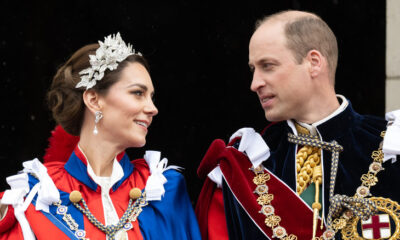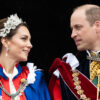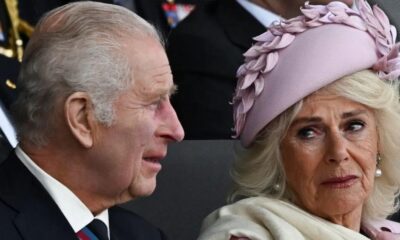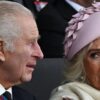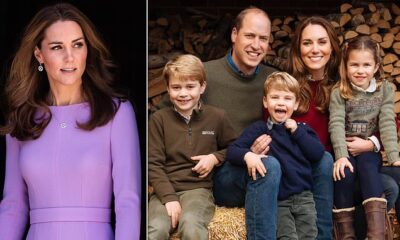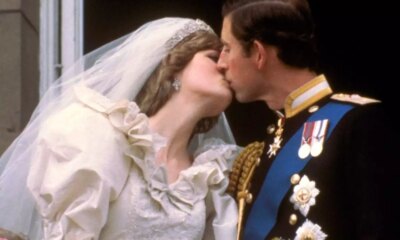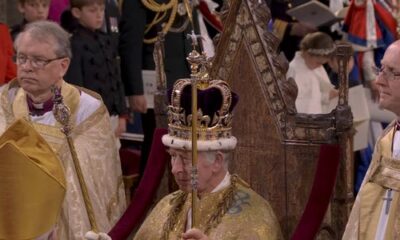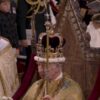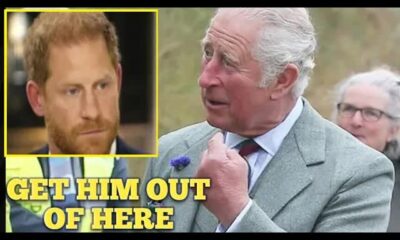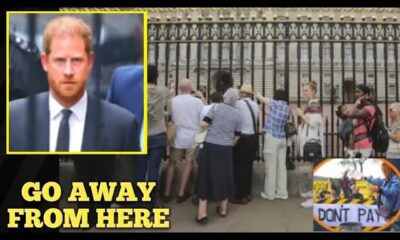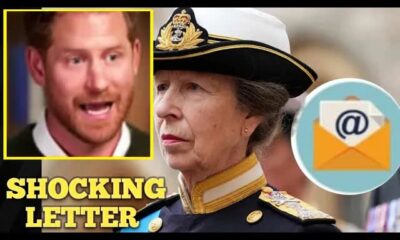The News
The Enigma of Princess Diana’s Closed Casket: A Lasting Mystery
Princess Diana, often hailed as the “People's Princess,” tragically lost her life in a car accident in Paris on August 31, 1997.
Her untimely death sent shockwaves around the globe, prompting an outpouring of grief.
Millions of floral tributes adorned her royal residence and public monuments throughout Great Britain, reflecting the profound impact she had on many lives.
Yet, amidst the mourning, questions arose regarding the decision to keep her casket closed during her funeral, igniting speculation and curiosity.
The royal family's choice to maintain the casket's closure led to various theories.
Was it solely to safeguard the family's privacy, or was there something more significant at play?
In the last two months of her life, Diana faced personal challenges but also discovered new love, experiences that would shape her final days and foreshadow the tragedy that would follow.
In the years leading up to her death, Diana encountered considerable turmoil.
Her marriage to Prince Charles had become strained due to his well-publicized affair, ultimately culminating in their divorce in August 1996.
The split, which followed a separation announced in 1992, brought both relief and heartache.
While she received a substantial settlement and retained her title as Princess of Wales, she also lost the designation of Her Royal Highness.
This marked a pivotal moment as she sought to redefine herself outside the constraints of royal life.
As a newly single woman, Diana briefly dated heart surgeon Hasnat Khan but ended that relationship in July 1997.
Shortly thereafter, she met Dodi Fayed, the son of billionaire Mohammed Al Fayed.
Their romance blossomed during a vacation at his family's estate in Saint-Tropez, France.
That summer, they enjoyed each other's company aboard Dodi's yacht, Jonicle, even as relentless media scrutiny loomed over them, turning their private moments into a public spectacle.
On the night of August 30, 1997, Diana and Dodi dined at the Ritz Paris, owned by Mohammed Al Fayed.
In an attempt to evade the ever-present paparazzi, they exited through a back door.
Tragically, their driver, Henry Paul, was intoxicated and drove their Mercedes-Benz S-280 at excessive speeds.
As they sped away from the hotel, they were relentlessly pursued by photographers, creating a chaotic scene that ended in disaster.
Entering the Pont d'Alma tunnel at speeds exceeding 120 mph, the car collided with a concrete pillar.
The crash claimed the lives of Dodi Fayed and Henry Paul instantly, while Diana survived for a brief period before succumbing to her injuries at Pitié-Salpêtrière Hospital.
The announcement of her death reverberated globally, with millions mourning the loss of a beloved humanitarian figure.
Diana's funeral on September 6, 1997, became a monumental event, with over 30 million flowers laid at Kensington Palace and heartfelt messages adorning makeshift memorials.
Grief-stricken crowds gathered worldwide, with images of sorrowful faces from London to Los Angeles dominating the news.
For countless individuals, Diana's passing felt akin to losing a cherished family member.
The closed casket, draped in the royal standard, became a focal point of intrigue and speculation.
Many wondered why they were denied a final goodbye in the manner they had hoped for.
Questions swirled about the condition of her body, while some believed she deserved to rest undisturbed, having sought privacy during her life.
The royal family's decision aligned with tradition, aiming to maintain dignity amid profound public mourning.
Crafted from English oak and lined with lead to slow decomposition, Diana's coffin symbolized her royal status.
Keeping it closed also served to protect her loved ones, particularly Prince William and Prince Harry, from further trauma.
Allowing the public to view Diana could have invited sensational media coverage, adding to the emotional distress already felt by her family.
Instead, the royal family sought to shift the focus from the tragic circumstances of her death to celebrating her remarkable life and legacy.
In the aftermath of Diana's death, conspiracy theories and rumors began to circulate.
Some speculated that her demise was orchestrated by the British establishment to prevent her marriage to Dodi Fayed.
However, investigations found no evidence supporting such claims; instead, they concluded that reckless driving was the cause.
Other rumors suggested that Diana feared for her life, allegedly backed by a letter she wrote to her former butler, Paul Burrell.
The role of the paparazzi also came under fire, with many blaming their aggressive pursuit for the crash.
Yet, forensic evidence dispelled allegations of direct responsibility on the part of the photographers or any conspiracy involving Henry Paul.
Claims that Diana was pregnant at the time of her death, a theory put forth by Dodi's father, were similarly dismissed by investigators.
Ultimately, the decision to keep Princess Diana's casket closed fueled further speculation, but the reasoning behind it was rooted in a desire for respect, dignity, and care.
The severe injuries she sustained rendered an open casket inappropriate and potentially distressing for those who loved her.
By keeping the casket closed, the royal family aimed to protect Diana's image from exploitation and shield her sons from further anguish.
The complexities surrounding Princess Diana's death and funeral continue to captivate and provoke discussion.
While some view the closed casket as a means to preserve her dignity and legacy, others see it as a lingering mystery.
Regardless of the opinions surrounding her passing, Diana's memory endures, symbolizing compassion, humanity, and the lasting impact of a life lived under the public eye.







